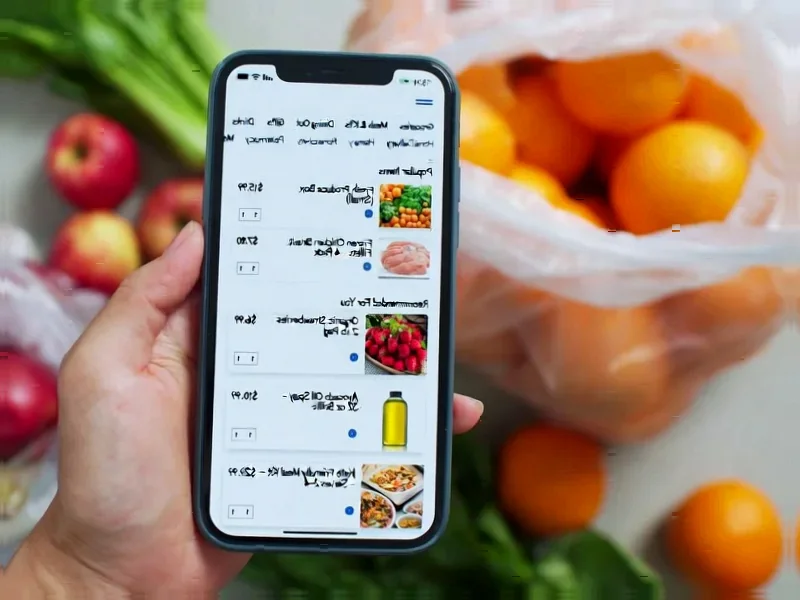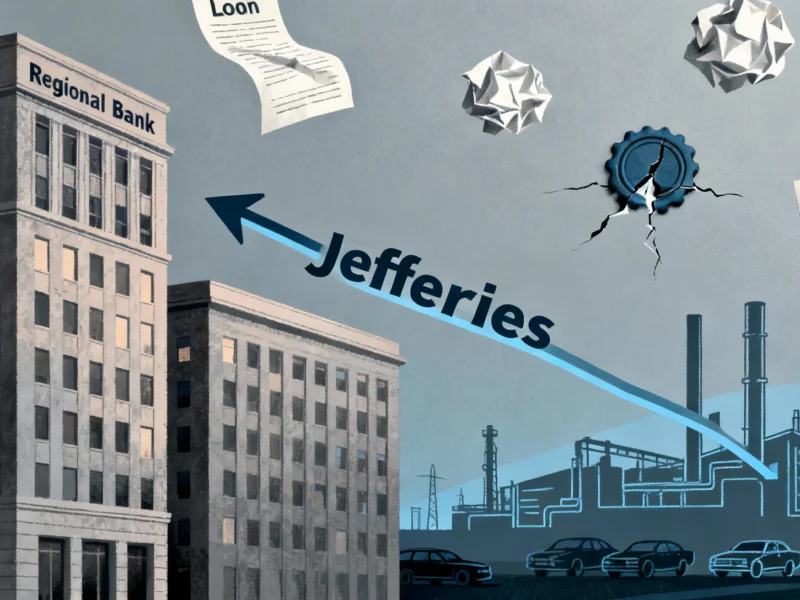According to TechCrunch, Spotify now has nearly half a million video podcasts that more than 390 million users have streamed, representing a 54% year-over-year increase. The streaming giant reported €4.27 billion (~$4.9 billion) in revenue for Q3 2025 with 713 million monthly active users, beating Wall Street expectations despite the stock slipping due to mixed Q4 guidance. Time spent with video content has more than doubled year-over-year, largely driven by video podcasts, with consumption increasing over 80% since the January launch of the Spotify Partner Program. The company also announced a partnership with Netflix to distribute video podcasts starting in 2026 in the United States, with more markets to follow. Incoming co-CEO Alex Norström explained the move centers Spotify as creators’ distribution hub, while co-CEO Gustav Söderström suggested it creates additional “revenue opportunities.”
<h2 id="video-podcast-explosion”>The Video Podcast Explosion
Here’s the thing: Spotify isn’t just an audio company anymore. They’re building what feels like a social network around video podcasts. The numbers don’t lie – half a million video shows and nearly 400 million viewers is massive growth from the 250,000 they had in June 2024. Basically, when they rolled out tools letting non-hosted podcasters upload videos, the floodgates opened.
And the engagement tools are key here. Comments, Q&As, polls – this isn’t your grandfather’s podcast experience. It’s becoming something much more interactive. The Spotify Partner Program that launched in January seems to be working exactly as intended, giving creators monetization options that actually move the needle. When creators can make money, they create better content. When they create better content, users watch more. It’s a virtuous cycle that’s driving those consumption numbers up 80%.
The Netflix Gambit
Now, the Netflix partnership is fascinating. Starting in 2026, Spotify podcasts will appear on Netflix in the US. At first glance, this seems counterintuitive – why would you send your content to a competitor? But the co-CEOs have a theory: it’s about ubiquity.
Norström pointed to their experience with YouTube, where having Spotify podcasts actually drove incremental usage back to Spotify. The thinking goes that when people discover shows elsewhere, they’ll still come back to Spotify for the full experience. And let’s be real – Netflix has a massive audience that Spotify would love to tap into. Söderström wasn’t shy about calling this a “revenue opportunity.”
Why Wall Street Isn’t Convinced
But here’s where it gets tricky. Despite beating revenue expectations and posting a €899 million net profit, the stock still slipped. Why? Because Wall Street looks forward, not backward. The mixed guidance for Q4 has investors nervous.
The company admits 2025 is a “transition year” for its ads business, and they don’t expect growth to improve until the second half of 2026. That’s a long time to wait when you’re dealing with investor expectations. Plus, there are legitimate questions about how distributing content off-platform affects Spotify’s core value proposition. If everything is everywhere, what makes Spotify special?
The Big Picture
So where does this leave Spotify? They’re clearly betting big on becoming the central hub for creator distribution, not just a destination for listeners. The TV app upgrades, the Netflix deal, the social features – it’s all part of making Spotify ubiquitous.
The challenge will be balancing this expansion with maintaining what makes Spotify unique. If they can thread that needle while keeping creators happy and engaged, the video podcast strategy could be their ticket to sustained growth. But with Wall Street already skeptical and 2026 being the real test for their ads business, the pressure is definitely on.




